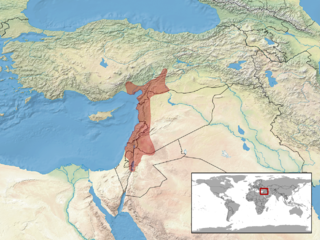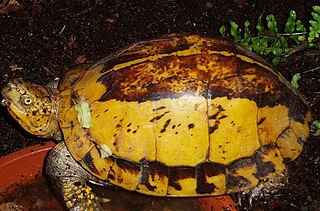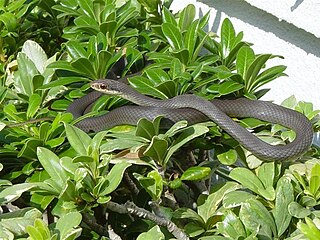 W
WAbronia ochoterenai is a species of arboreal alligator lizard in the family Anguidae. The species, which is native to extreme southern Mexico, was described in 1939 by Rafael Martín del Campo.
 W
WThe Big Bend slider, also called the Mexican Plateau slider, is a species of aquatic turtle in the family Emydidae. The species is endemic to the Southwestern United States and northern Mexico.
 W
WBrookesia decaryi is a species of chameleon, which is endemic to Madagascar, and is ranked as an endangered species by the International Union for Conservation of Nature (IUCN). It was initially described in 1939 by Fernand Angel. B. decaryi is commonly known as Decary's leaf chameleon, spiny leaf chameleon, or Decary's pygmy chameleon.
 W
WEirenis lineomaculatus is a species of snake in the family Colubridae. It is found in Israel, Jordan, Lebanon, Palestinian Territory, Occupied, Syria, and Turkey. Its natural habitats are Mediterranean-type shrubby vegetation, rocky areas, and rural gardens. It is threatened by habitat loss.
 W
WEpictia tenella, also known as the Guyana blind snake, is a species of blind snake found on Trinidad in the Caribbean, and in South America, where it ranges from Guyana south to Brazil and northwestern Peru.
 W
WThe Indochinese box turtle, Vietnamese box turtle, or flowerback box turtle is a species of Asian box turtles from China, northern and central Vietnam, Laos, and possibly northeastern Cambodia. It is found in high altitude woodland where it tends to hide in the undergrowth. There is considerable confusion as to the taxonomy of this species with several subspecies being recognised by some authorities. and not by others. The International Union for Conservation of Nature has rated its conservation status as "critically endangered".
 W
WKlauber's blind snake is a species of snake in the family Leptotyphlopidae.
 W
WLang's worm lizard is a species of amphisbaenian in the family Amphisbaenidae. The species is native to Southern Africa. There are two recognized subspecies.
 W
WPhelsuma sundbergi, commonly called the La Digue day gecko, Mahé day gecko, or Seychelles giant day gecko, is a species of lizard in the family Gekkonidae. The species is endemic to Seychelles and has three subspecies.
 W
WThe southern black racer is one of the more common subspecies of the non-venomous Coluber constrictor snake species of the Southeastern United States. The subspecific name priapus refers to the proximal spines of the hemipenes being much enlarged into basal hooks, which is characteristic of this subspecies. These snakes are quite active during the day, which increases the chance of sightings. They eat almost any animal they can overpower, including rodents, frogs, toads, and lizards. Members of this species generally do not tolerate handling – even after months in captivity – and typically strike and flail wildly every time they are handled, often defecating a foul-smelling musk, a common defense against predators in snakes. Adults of the species are usually thin with a jet black dorsal side with a grey belly and white chin. They are quite fast, giving rise to the name "racer".